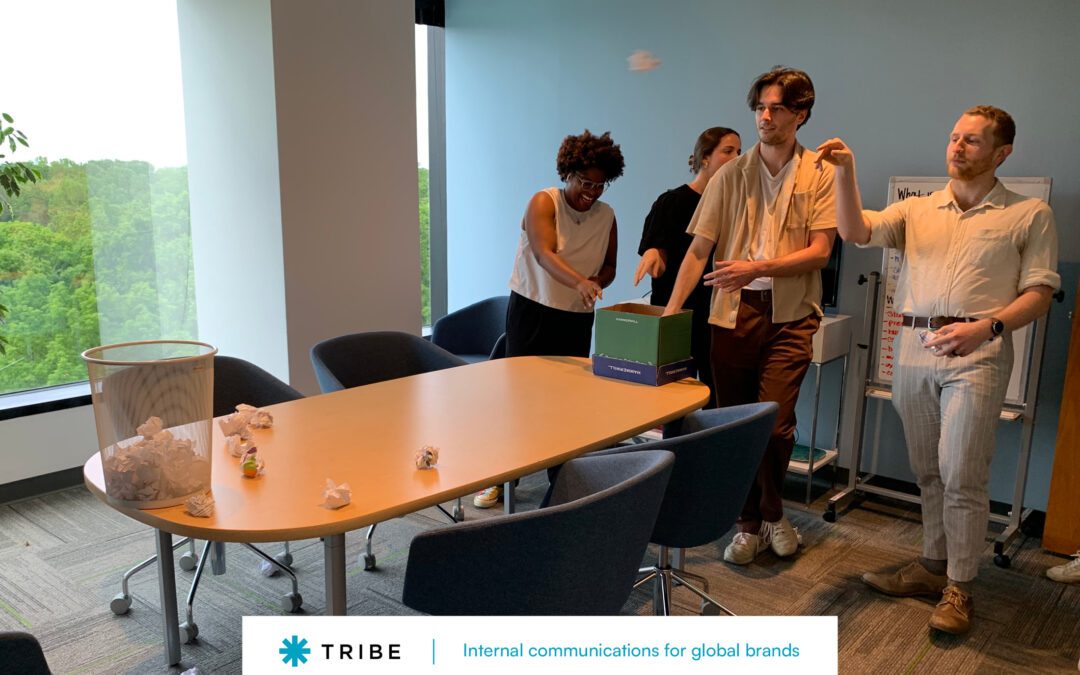Tribe celebrated its 21st anniversary this week, and that’s made me think about all the iconic brands and unique cultures we’ve known over the years. In our very first year, we worked with UPS, Porsche and Whole Foods Market, each with particularly distinct cultures.
Back in 2002, UPS was a very structured culture. Men didn’t leave their cubicles without their jackets and women didn’t wear open-toed shoes. It may have been a rumor, but it was said that employees could only have a certain number of personal items on their desks. (Was it six? A dozen? Some old-timer UPS-er out there somewhere could tell us.) They liked having a lot of meetings, and liked lots of people to be there. They didn’t move ahead on much until they reached consensus.
Porsche people dressed more casually, although generally expensively, and moved a little faster. But not as fast as the retail pace of Whole Foods Market. I remember being in a meeting with a client there when she asked if we could take on another project for her. She’d need copy that same day though. I looked at my watch and laughed because it was 4:45. Turns out, she wasn’t kidding.
Through the past decades we’ve worked with unique cultures built on a matrix, on servant leadership, on moving fast and breaking things. We’ve worked with companies who stocked the break room with a multitude of pricey snack options and one that made employees buy their own highlighters, pens and pads from a vending machine in the stairwell. No one culture is the best, and none are wrong. The trick for any company is attracting the right employees for their particular culture, the people who want what that culture is all about.
Over the past few decades, Tribe has worked with well over 100 brands, each with their own unique culture. Here are some of the things we’ve learned about corporate culture:
1. Culture starts at the top.
No question, the CEO sets the tone for the culture. Even if the CEO doesn’t really care about culture — that perspective is communicated to the people around him or her, and the people below them. But usually, the CEO and other members of the executive leadership team are intentional and passionate about the culture they envision.
2. There may be a gap between the top and the bottom.
Those in the C-suite spend a lot of their time interacting with each other and may not have a good sense of the cultural realities further down the organizational chart. In many companies, we find that the employee experience of the culture is not quite as clear, or as rosy, as the top leadership would like to believe it is.
3. Communications can help close that gap.
At Tribe, we work with our clients to weave the desired culture into internal communications. In leadership interviews, articles, videos and podcasts, we give the C-suite and other executives forums for talking about the vision, the values, the business strategies and the culture. But even more importantly, we work to involve employees in the conversation, to have them describe the culture and how the vision and values shape their every day work experience — and guide their decisions and actions. Recognizing employees who apply the vision and values to their work helps give concrete examples of what it looks like to walk the walk in that unique culture.
In organizations with a large hybrid or remote workforce, providing that sort of cultural communication can help improve the digital experience and boost engagement. In manufacturing, retail, hospitality and other industries with frontline employees, reaching those people without computers can be more difficult but perhaps even more important. (For thoughts on building remote culture, you might like this Forbes article. And for some of the best and worst ways to reach those non-desk employees, try this one.
Interested in ways to communicate your unique culture? Tribe can help.










